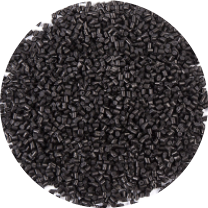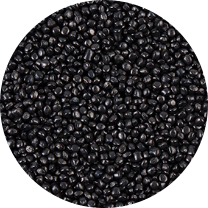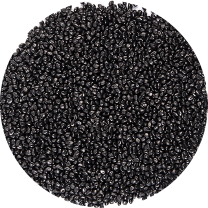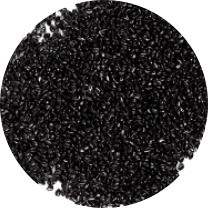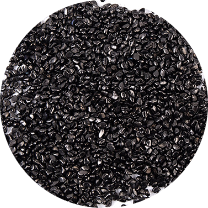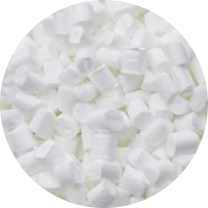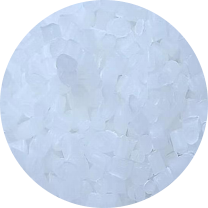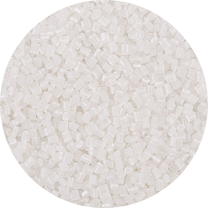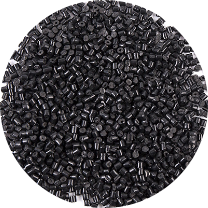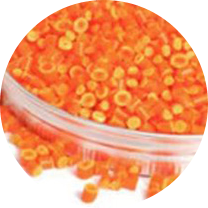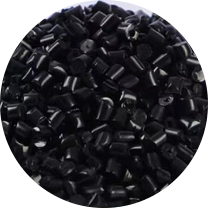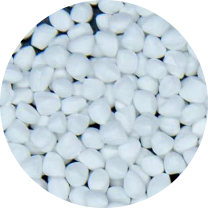Carbon Black Masterbatch Manufacturers
Product Category
Get in Touch With Us
Who Are We?
Changzhou Runyi New Material Technology Co., Ltd.
News
-
Engineered Longevity: Carbon Black Masterbatch UV Stabi...
In applications demanding extended outdoor performance—such as pipes, geosynthetics, and agricultural films—the stability of the polymer matrix against photo-ox...
READ MORE -
Precision Pigmentation: Mastering the FPV and Dispersio...
For processors involved in manufacturing thin-gauge films, fine fibers, or sophisticated injection molded components, the performance of the Carbon Black Master...
READ MORE -
MFR Matching Principle: Optimizing White Masterbatch an...
In the realm of polymer processing, achieving consistent color dispersion and flawless product quality is a fundamental objective. The use of White Masterbatch ...
READ MORE -
Achieving Flawless Quality: An Engineer's Guide to TiO2...
Introduction: The Business Case for Perfect Dispersion For B2B manufacturers in the plastics industry, the quality of the finished product is the ultimate measu...
READ MORE
Black Masterbatch Industry Knowledge Extension
Carbon black masterbatch technology analysis: How to achieve high dispersibility and stable coloring?
Carbon black masterbatch (Carbon Black Masterbatch) is one of the most widely used coloring and functional additives in the plastics industry. Its core challenge is to solve the dispersion problem caused by the high specific surface area and easy agglomeration characteristics of carbon black, while ensuring color stability and functionality (such as conductivity, UV shielding). The following are the key technical points to achieve high dispersibility and stable coloring:
I. Key factors for the dispersibility of carbon black masterbatch
1. Selection of carbon black
Particle size and structure:
The smaller the particle size (such as 20-30nm), the stronger the coloring power, but the greater the difficulty of dispersion (easy to agglomerate).
High-structure carbon black (DBP oil absorption value>120ml/100g) is easier to form a conductive network, but requires stronger shear force to disperse.
Surface chemical modification:
Oxidation-treated carbon black (containing carboxyl/hydroxyl groups) can improve compatibility with polar carriers (such as PA, PET).
2. Matching of carrier resin
| Resin Type | Recommended Carbon Black Concentration | Characteristics |
|---|---|---|
| LDPE | 20-30% | Low processing temperature (160-200°C), excellent melt flow, suitable for general-purpose coloring masterbatch. |
| PP | 25-40% | Requires high shear force (220-250°C), ideal for high-concentration conductive masterbatch, excellent heat resistance. |
| HDPE | 20-35% | High rigidity, suitable for injection molding, but requires careful dispersion to avoid surface defects. |
| PS/ABS | 15-25% | Lower processing temperature (180-220°C), requires lubricants (e.g., EBS) to prevent degradation. |
| PA/PET | 15-30% | Requires surface-modified carbon black (oxidized), compatible with polar resins, used in engineering plastics. |
3. Dispersants and processing aids
Dispersants:
Low molecular weight polyethylene wax (PE Wax) and stearates (such as ZnSt) can reduce the adsorption between carbon black particles.
Superdispersants (such as BYK-2150) coat carbon black with anchoring groups to improve long-term stability.
Lubricants:
Ethylene bisstearamide (EBS) reduces melt viscosity and prevents screw slippage.
4. Processing technology optimization
Twin screw extrusion process:
High aspect ratio (L/D≥40) + combined screw elements (kneading blocks, reverse threads) enhance shear dispersion.
Temperature zoning control (such as PP-based masterbatch: 180-220℃).
Masterbatch dilution ratio:
Generally, 1%~5% addition is recommended, and conductive masterbatch needs to be higher (10%~20%).
2. Key control points for stable coloring
1. Color consistency
Carbon black concentration and L*a*b* value: Use a spectrophotometer to monitor the blackness (L* value <15 is a high-quality dark black).
Avoid yellowing of the carrier resin: Choose low-volatile PP or add antioxidants (such as Irganox 1010).
2. Adaptability to application scenarios
Outdoor weather resistance: Carbon black itself has UV absorption ability, but it needs to be matched with light stabilizers (such as hindered amine HALS).
Food contact compliance: Carbon black models that comply with FDA 21 CFR 178.3297 or EU 10/2011 (such as Cabot Monarch 880).
3. Common Problems and Solutions
| Issue | Root Cause | Solution |
|---|---|---|
| Gritty surface on masterbatch | Poor carbon black dispersion | Increase shear temperature in screw zones or add more dispersing agent (e.g., PE wax). |
| Grayish tint in final products | Insufficient carbon black concentration or resin degradation | Check masterbatch dilution ratio and processing temperature limits. |
| Unstable conductivity | Carbon black structure damage or uneven distribution | Optimize screw configuration to avoid excessive shear; use high-structure carbon black. |
| Color bleeding/migration | Low molecular weight carriers or excessive plasticizers | Switch to higher-MW resins (e.g., HDPE instead of LDPE) or reduce plasticizer content. |
| Reduced mechanical strength | Overloading of carbon black (>40%) disrupting polymer matrix | Balance carbon black content with reinforcing additives (e.g., glass fibers for PA). |


 English
English 中文简体
中文简体 한국어
한국어 عربى
عربى